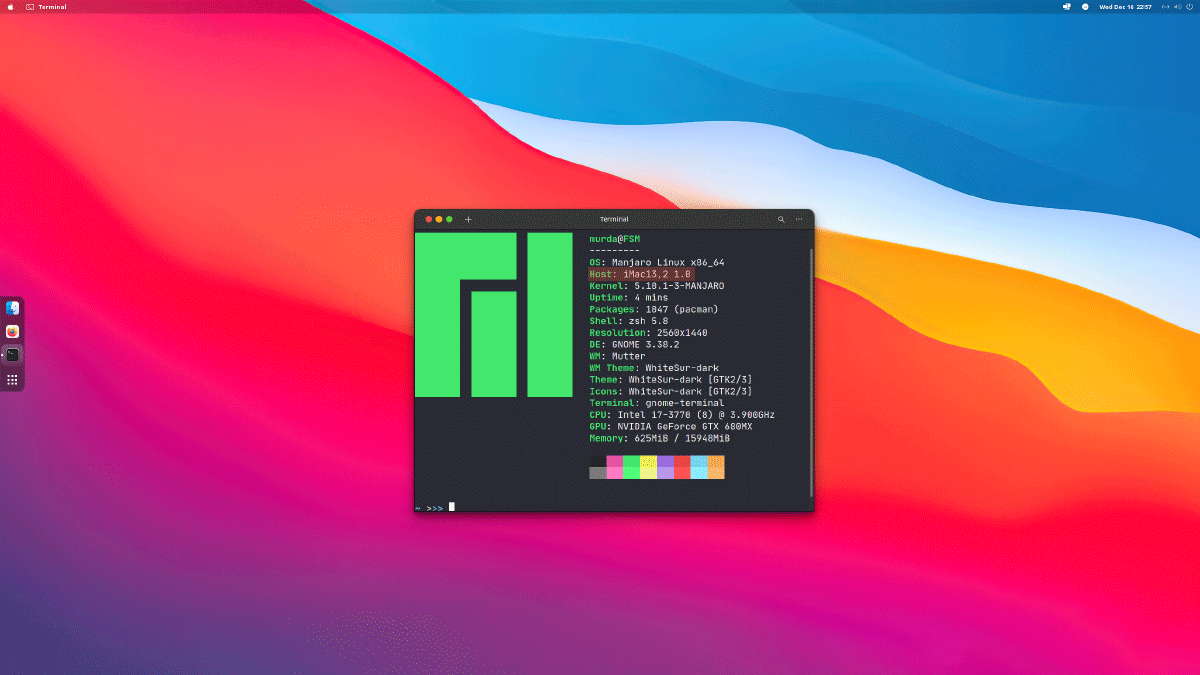
#INSTALLING UNIX ON MAC INSTALL#
While you can run most of the MacPort commands without Xcode, you won’t be able to run many of the packages until you install it. You can download Xcode from the Mac App Store or Apple’s developer website. The Mac binaries are built on OS X 10.5.8. MacPorts requires the latest version of Xcode for your OS version. Users of other Linux distributions and (non-Mac) nix OSes may find it necessary to build DAKOTA from source. Installing Linux is the same basic process for any distribution.

While my day-to-day distribution is currently PopOS, I’m going to give Elementary a try with this upgrade. I appears to be a good distribution choice for someone coming from MAC. You can also use MacPorts to install open-source software like GIMP. I’ve been using Elementary OS for a few weeks, and I’m impressed. Mac users won’t find common command-line tools like nmap or wget, and there’s no native package manager on the Mac to provide them.

If you read our post on Homebrew, you know that macOS is missing some “standard” Linux terminal commands out of the box. This saves you the trouble of downloading repositories from GitHub and building software from source packages while still getting access to a wide range of Linux’s best command-line tools and GUI applications. When you find what you need, MacPorts downloads and installs the appropriate software and dependencies in the right place. Just download and extract either the full Perl distribution on Mac/Linux, or the Windows EXE version on Windows, and run it. Like any package manager, MacPorts searches a library of downloadable software. Specify the CentOS account name or leave the default settings, then click Continue. Select CentOs Linux from the list of the operating system sources found on your Mac, then click Continue.

Select Install Windows or another OS from a DVD or and image file, then click Continue. Most of these applications are open-source, command-line utilities, but there are a fair share of “real” open-source, GUI-based applications. Start Parallels Desktop and select File - New from the Mac top bar.


 0 kommentar(er)
0 kommentar(er)
